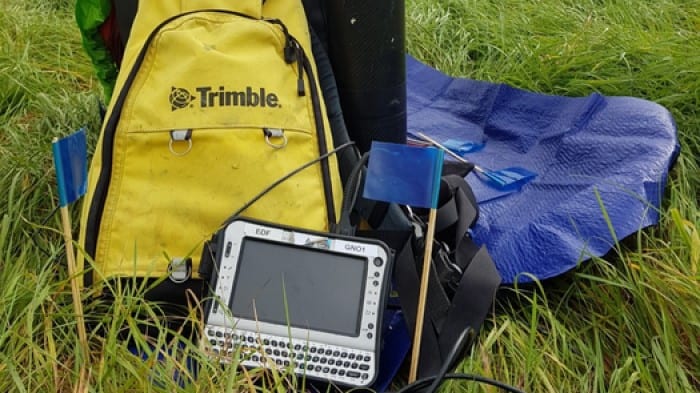In this episode of the Physics World Weekly podcast, Victoria Robinson and Stuart Black at the University of Reading explain how gamma-ray spectrometers have been used for the first time to locate ancient underground structures. The technique is normally used to identify radioactive contamination on nuclear sites and the duo describe how was adapted for use by archaeologists at Roman Silchester in southern England. They also point out other uses, including helping in the search for dinosaur bones.
We also look at what is new in physics, including how X-ray astronomers are giving biomedical imaging a boost.
